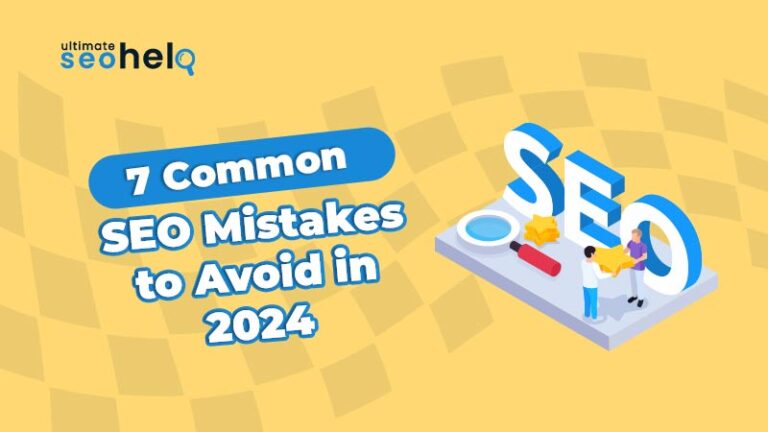In Search Engine Optimization (SEO), the question of duplicate content has been a persistent concern for website owners and marketers. Duplicate content refers to identical or considerably similar content that appears in more than one place, either within a single website or across multiple sites. The topic impact of duplicate content on SEO has generated confusion and misinformation. In this blog, we will explore the topic in detail, its various forms, and its actual impact on search engine rankings.
Understanding Duplicate Content
Duplicate content can be distinct in several ways. It might be intentional, such as when content is duplicated for promotion, or unintentional, resulting from technical issues or content management system (CMS) configurations. Common structures include:
Identical Content Across Pages:
Duplicate content arises when the same information is on multiple pages within a website. For instance, when a product description is repeated across various product pages. This scenario can create challenges for search engines in determining the most relevant and authoritative content source, potentially impacting the site’s overall search engine optimization.
Printer-Friendly Versions:
Some websites provide users with printer-friendly versions of their pages, designed to facilitate better printing experiences. However, these printer-friendly versions often duplicate the existing content, presenting it in a format optimized for printing. While this duplication serves a user-friendly purpose, it introduces a potential issue with search engines, as they may need guidance to prioritize the primary content version for indexing and ranking purposes.
HTTP and HTTPS Protocols:
Websites accessible through both HTTP and HTTPS protocols may encounter duplicate content issues. Search engines may identify the content served over both protocols as duplicated, impacting the site’s SEO.
To reduce this, web admins should ensure a secure and consistent browsing experience by implementing 301 redirects to the preferred protocol, typically HTTPS, and signaling this preference to search engines.
Syndicated Content:
Collaboration and content sharing through syndication or partnerships between websites are common practices. However, this can lead to identical content appearing on multiple sites. While search engines aim to identify the original source, the duplicated content across different domains may still present challenges in determining the most authoritative version. Properly implementing authorized tags or other signals is crucial to guide search engines and avoid potential issues related to syndicated content.
Impact of Duplicate Content on SEO
While duplicate content may not result in direct penalties, it can still have an impact on the SEO of your site and affect its ranking. As a result, you will see a dip in the SEO performance of your website.
Lower Ranking for the Targeted Keywords:
Keyword Utilization occurs when multiple pages within a website vie for the same set of keywords, ultimately diluting the overall SEO strength of the domain. This phenomenon can lead to lower rankings for the targeted keywords as search engines struggle to determine the most relevant and authoritative page for a particular search query.
To reduce keyword utilization, it is essential for website owners to strategically structure their content, ensuring that each page serves a unique purpose and targets specific keywords to maintain a matching and effective local SEO strategy.
Decrease Impact of Inbound Links:
In instances where multiple versions of the same content exist on a website, incoming links directed to that content may be divided among these versions. This disintegration of link value can decrease the impact of inbound links on each individual page, potentially undermining the overall authority and ranking potential of the content. To preserve and concentrate link value, web admins should prioritize utilization, guide search engines to the preferred version, and combine link signals for optimal SEO performance.
Threaten Efficient Crawling:
Search engines allocate a limited number of resources, known as a crawl budget, to each website during the classifying process. Duplicate content threatens efficient crawling as search engines may repeatedly revisit the same content across multiple pages.
This can result in a wasted crawl budget, preventing search engines from promptly discovering and indexing new or updated content. Web admins can address crawl budget issues by implementing authoritative tags redirects and regularly auditing their content to ensure efficient resource allocation and enhance the visibility of fresh content in search results.
Poses Significant Challenges to Users:
Beyond its impact on search engines, duplicate content poses significant challenges to user experience. Users encountering identical or substantially similar information across multiple pages can lead to confusion and a diminished overall perception of the website’s value. Duplicate content undermines users’ ability to find diverse and relevant information, potentially reducing engagement and trust.
Therefore, ensure a seamless and informative user experience. It involves actively managing and consolidating duplicate content, emphasizing the importance of unique, valuable content to enhance overall user satisfaction and trust on the website.
Final Words
The issue of duplicate content in Search Engine Optimization (SEO) is a complicated challenge that website owners and marketers need to address strategically. It can take various forms, whether intentional or unintentional, and poses significant concerns for both search engines and user experience. If not addressed, it can lower rankings for targeted keywords, decrease the impact of inbound links, and threaten efficient crawling.
Therefore, it’s important to ensure your content is not duplicated. If you need help to ensure your content is original and unique, contact ultimate SEO help today. We’ll provide plagiarism free content to ensure your SEO efforts are not affected in any way.



